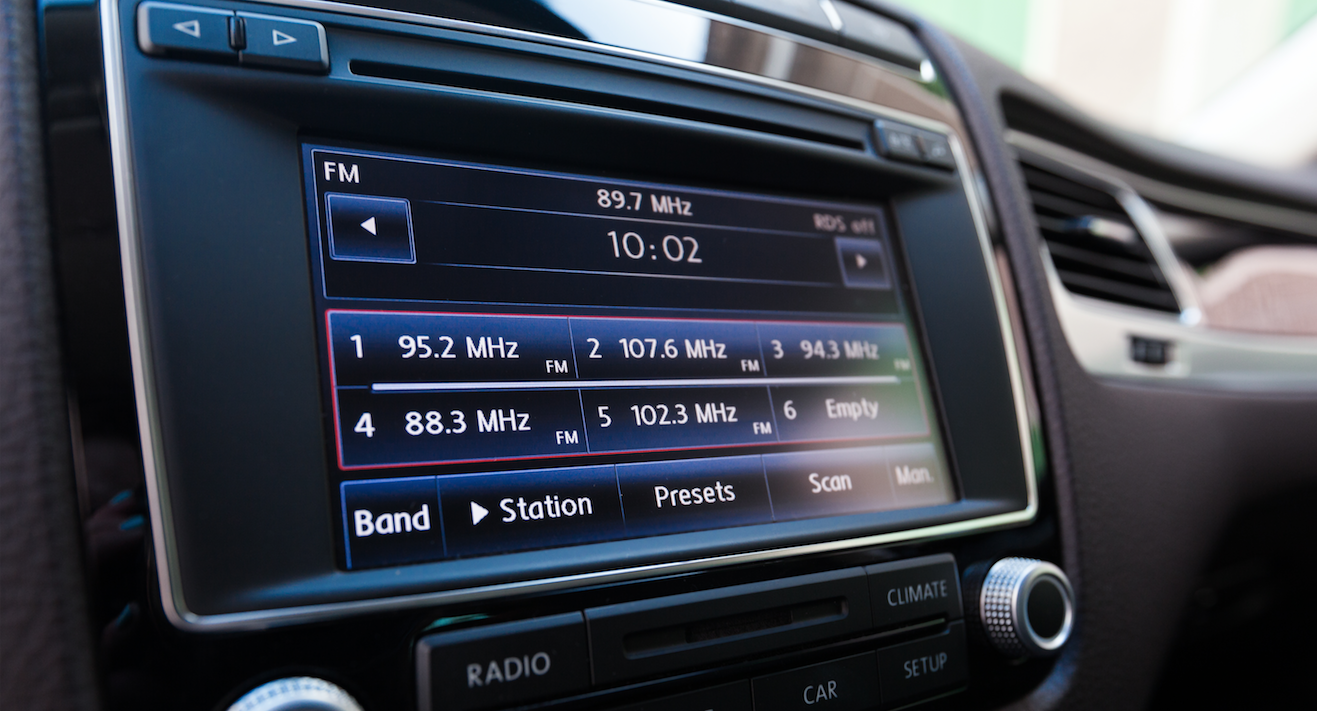The reason some car brands are moving away from AM

Ford, Tesla and BMW have released statements in response to their distancing from the AM radio functionality in some or all of their new models thanks to a recent joint letter of concern.
In the joint letter supported by over 100 US House of Representatives members, eight companies that had announced they were dropping AM from certain or all vehicles, were contacted in the hope of finding a solution to the costs of mitigating signal interference caused by EV batteries.
Most manufacturers releasing new electric car models without AM functionality have cited signal interference caused by the large amounts of power drawn from electric car batteries. As Tesla puts it, the interference renders AM subpar, “causing severe AM radio transmission disruption that makes the signal reception unstable and unusable.”
But brands like KIA have EV models that continue to provide AM functionality and say they are, “unaware of issues with electromagnetic interference with AM radio signals from our EVs.”
“Kia has not discontinued access to free AM or FM broadcast radio in any vehicles sold in the U.S. market, and we do not currently have plans to discontinue these features in future models, whether EVs or gas-powered vehicles.”
Statements from BMW and Ford provided a little more insight into all motives.
Ford’s statement said, “Many systems without AM receivers can use internet streaming, HD Radio delivered on FM bands, or some apps to provide an AM station’s content… The alternate technologies we’ve mentioned enable a transition from broadcast AM radio without sacrificing the safety of our consumers.”
BMW said that it had, “made the decision not to include analog AM radio broadcasting in its EV and PHEV models beginning with the BMW I3 in 2014 primarily for two reasons: 1) electromagnetic interference creates poor analog AM radio reception quality and 2) technological innovation has afforded consumers many additional options to receive the same or similar information.”
Interestingly, Ford also removed AM from some petrol models.
Ford announced last month that it will remove AM from all American and Canadian-made vehicles, including the petrol 2024 Ford Mustang.
The real reason car brands may be moving away from AM could be because they are shifting in favour of new audio systems and in-car content like Apple Carplay and Sirius-XM, which pays car companies to install satellite radio.
But with people needing to access AM across the wide Australian landmass, it may mean Australians need to be more selective with their car choices now.
Radioinfo recently listed and scored Australia’s top-selling new cars based on their in-car audio systems, FM/AM/DAB functionality and more.
In the comments, 6PR Perth’s Tony McManus provided a reassuring perspective.
“As a motoring columnist and 40 year radio person, I can assure you there is nothing about ‘radios’, or lack thereof, in cars of the future, to fear,” wrote McManus.
“We will simply ‘talk’ to our car, then be immediately directed to a radio station/program of choice. The tech is here now; will only improve in ways we can yet fully imagine. I for one, can’t wait.”
“‘Nothing to fear, but fear itself’. Enjoy the ride.”




The Digital radio roll-out was a joke!
I live in a part of Sydney where there’s a 2km stretch of road deep into a gully and back up the other side where there is no DAB, FM or Mobile reception… for a few minutes the only thing I can receive is AM. I flick between all of them to continue to get 2GB
Nothing beats AM for range and the ability to receive in the most unlikely of places, particularly in Australia. Removing this is a tad short sighted.